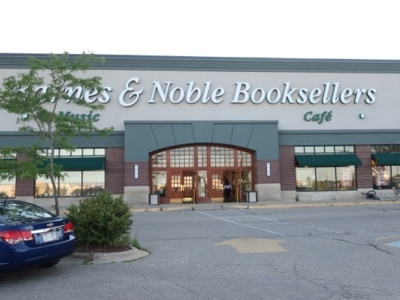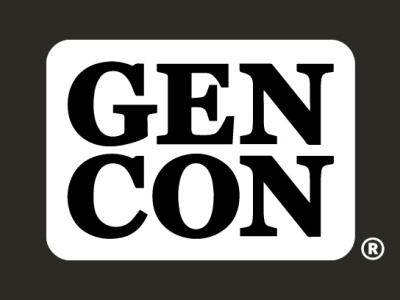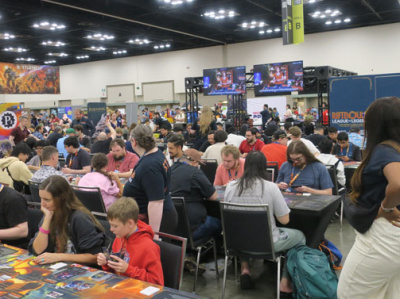
The pop culture convention season gets longer and busier every year. With a boom in shows of all shapes and sizes, conflicts and market saturation are inevitable.
Over the past 7-8 years, there have been few more visible manifestations of "Peak Geek" than the proliferation and insane popularity of comic and pop culture conventions. San Diego Comic-Con still rules the roost from its mid-summer perch, pulling in A-list starpower and bringing the Internet to a standstill when its badges and hotel rooms go on sale, but a surfeit of new and established shows are now crowding the mid-level space, and new ones are starting every day.
Is it getting hot in here? Fandom conventions, whether gaming, anime, comic or celebrity focused, are one of the fastest growing categories of live events, surpassing music festivals and concerts, food and beverage (another hot segment in terms of revenue, but not as hot as geek culture), home, auto and garden shows and trade conventions.
I recently saw some industry research from the online ticketing and events service Eventbrite, Inc. that sized the fandom events market at about $600M domestically in ticket sales alone. If that is accurate, that represents about 80% of the comic publication market all-up (periodical, digital and graphic novel), which ICv2 pegged at about 750M in 2012. The old joke about there being more people going to Cons than buying comics? Funny because it’s true.
Those big numbers don’t include the revenues generated at the cons themselves for exhibitors, vendors and D-listers selling signed 8x10s, or the ripple effect that they have on restaurants, hotels, taxis and retailers in the host cities. The organizers of the New York Comic-Con estimate their 2013 show, which drew 130,000 people, had a $70M impact on the city. Even in the Big Apple, that ain’t chopped liver.
Momentum, mo’ problems. With that much heat surrounding the space, there’s bound to be some friction. We saw that crop up last week in connection with the Denver Comic Con, one of the most conspicuously successful new shows of the last few years. Con co-founder Charlie La Greca, who started DCC in part as a way to fund and promote a literacy program called Comic Book Classroom, published an open letter accusing the current board of abandoning the core mission. La Greca claimed the board had distributed none of the proceeds of the show to the Comic Book Classroom project, and had forced him and fellow co-founder Frank Romero out of the picture.
The DCC board shot back a pointed defense entitled "Denver Comic Con Does Not Need Saving." The current organizers insist that "allegations of misuse of funds are wholly untrue" and "every hour and every dollar spent by CBC goes toward securing the non-profit mission."
This is not just an intra-fandom pissing match. After an auspicious launch in 2012, DCC drew 60,000 in its second year, making it the seventh largest show in North America. It may get 75,000 this year. According to a chart issued by the board, the 2013 show generated $1.3 million in gross revenues and banked about a third of that as cash reserves. Those are very high stakes for an organization going on three years old.
Running the gamut. The rise of regional shows like Denver, Seattle’s Emerald City (expected to draw 60-70,000 this year), Calgary Expo (60K+ in 2013) and Phoenix Comicon (53K in 2013) has crowded and extended the traditional spring-summer convention season, but the pressure isn’t just coming from the middle. New shows are spinning up at every level, for every audience.
Just this week, ReedPop announced a new comics-only show, Special Edition: NYC, for the weekend of June 14-15, slotting into a crowded stretch of weekends that includes established East Coast comic-oriented events like Heroes (Charlotte) and Wizard World: Philadelphia.
"Special interest" shows that used to draw in the low 1000s are now bumping up against the limits of their venue spaces. The Small Press Expo, focused on allegedly niche indy and art comics, has become so popular that it has to hold a lottery to assign exhibitor tables. Winners were announced over the weekend.
Going global. The Con phenomenon is not just limited to the US. The Festival de la Bande Dessinee in Angouleme, France, the largest comics art show in Europe (and possibly the world), has drawn increasing attention from North American press and exhibitors in recent years.
An estimated 50,000 fans attended last month’s Comic Con India in New Delhi, now in its fourth year. Of course, there can be 50,000 people waiting to cross the street at a busy intersection in New Delhi, so keep that in perspective. But still--big market, lots of English-speaking comic readers.
Shows across Latin America, North Africa and the Middle East are also showing signs of booming attendance.
At the top end, the sky is the limit. Word is that badges and hotels for this year’s Con will be allocated to the winners of a series of to-the-death bloodsports hosted by Donald Southerland. That’s only a rumor, of course, but if it turns out to be true, you heard it here first.
Is it sustainable? Fans show an inexhaustible hunger for the fun and community spirit that comic and pop culture shows provide, from the smallest to the largest. There always seem to be enough artists, dealers and celebrities out there to put up their shingle for the weekend and reap the rewards. But as shows get bigger and attract more attention, it’s likely we’ll see even more fissures separating professionally-run and fan-run events, commercial shows versus non-profits, and cons planned from the start to be gigantic mega-events versus small shows that have grown big.
-- Rob Salkowitz (@robsalk) is author of Comic-Con and the Business of Pop Culture and is working on a new project on the future of marketing and retail in the digital age.
The opinions expressed in this column are solely those of the writer, and do not necessarily reflect the views of the editorial staff of ICv2.com.







